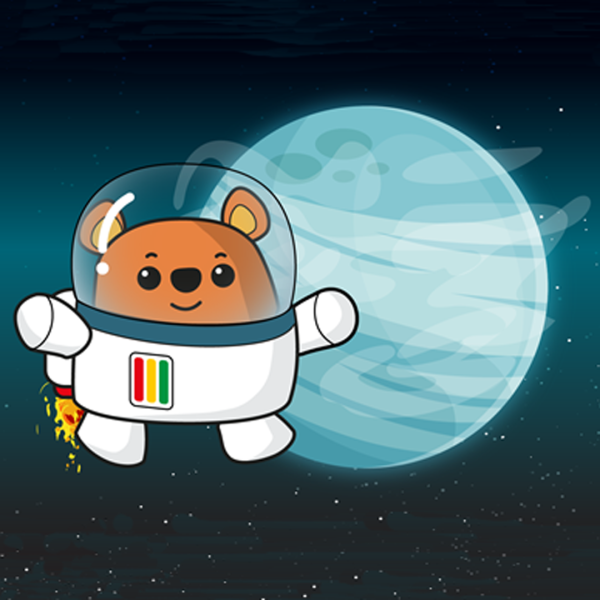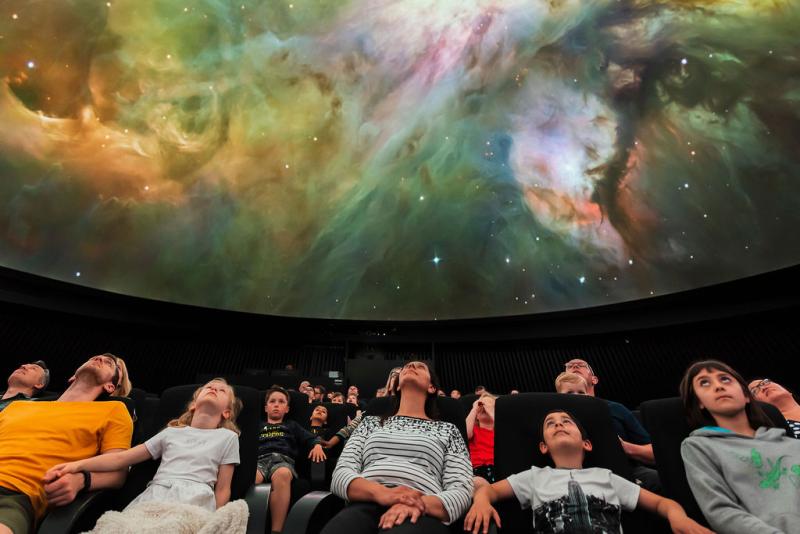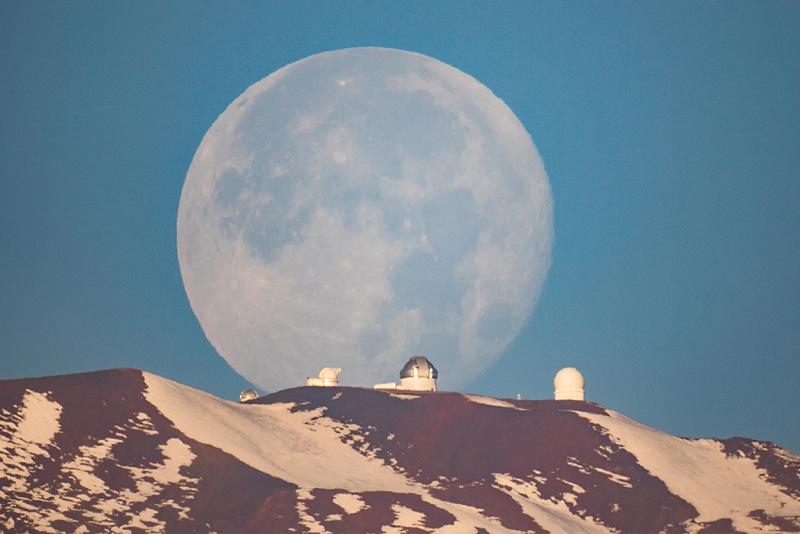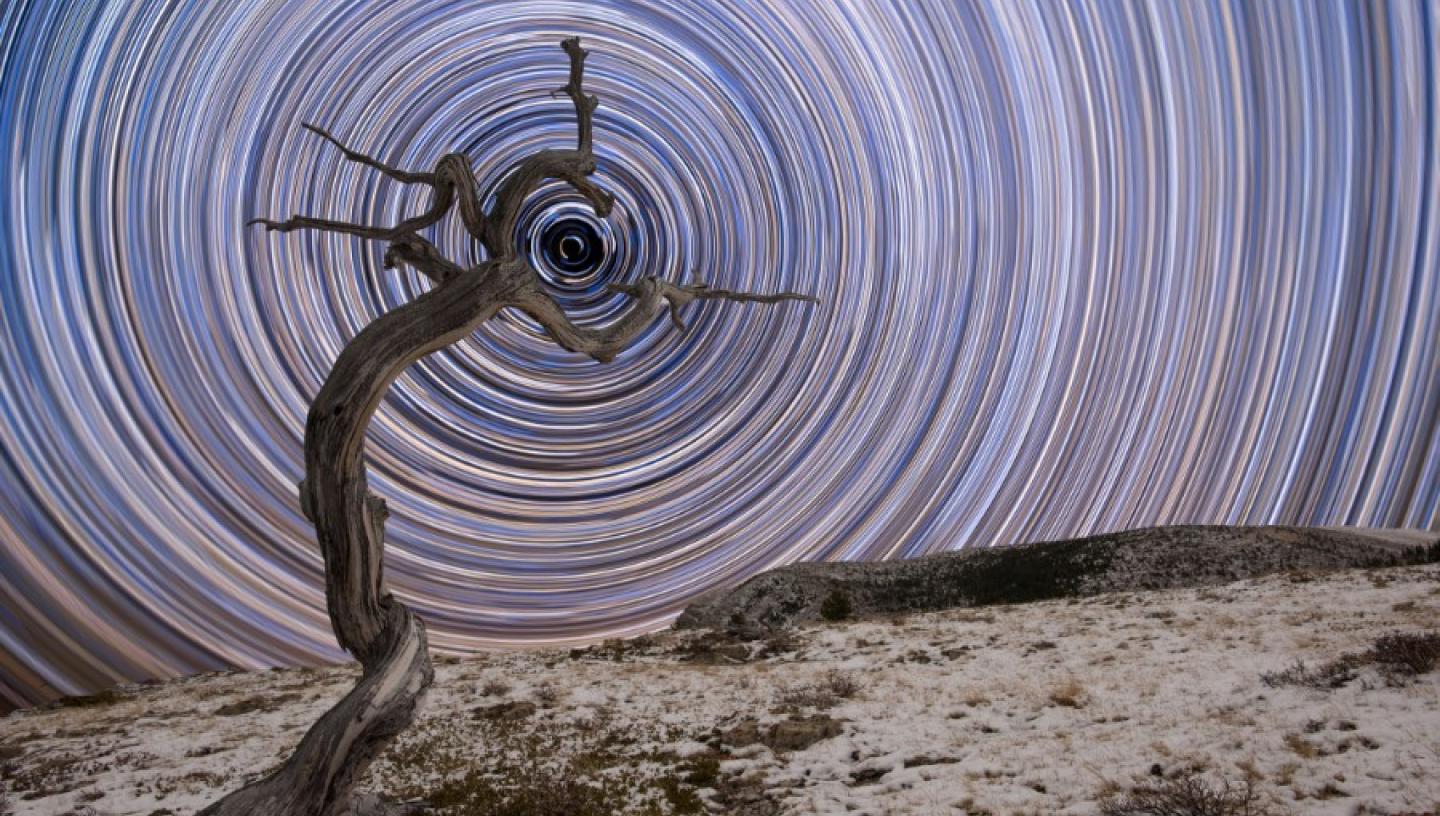
Discover what to see in the night sky in July 2021, including a celestial teapot and the gas giants Jupiter and Saturn.
Top 3 things to see in the night sky in July
- Throughout the month - Spot the celestial teapot
- Throughout the month - Keep an eye open and you might see the International Space Station pass overhead
- 28/29 July - It's the peak of the Delta Aquariids meteor shower
(Details given are for London and may vary for other parts of the UK)
Look Up! Podcast
Subscribe and listen to the Royal Observatory Greenwich's podcast Look Up! As well as taking you through what to see in the night sky each month, Royal Observatory Greenwich astronomers pick a topic to talk about.
For July, they're talking about the gorgeous new pictures of Ganymede taken by the Juno spacecraft and how dust may be responsible for producing the observed dimming of Betelgeuse.
Have a listen below, then vote for your favourite story from this episode on our Twitter poll (@ROGAstronomers) during the first week of the month
Our podcast is available on iTunes and SoundCloud
Astronomy in July 2021: key events and what to see
Throughout the month - A cosmic teapot and teatime treats
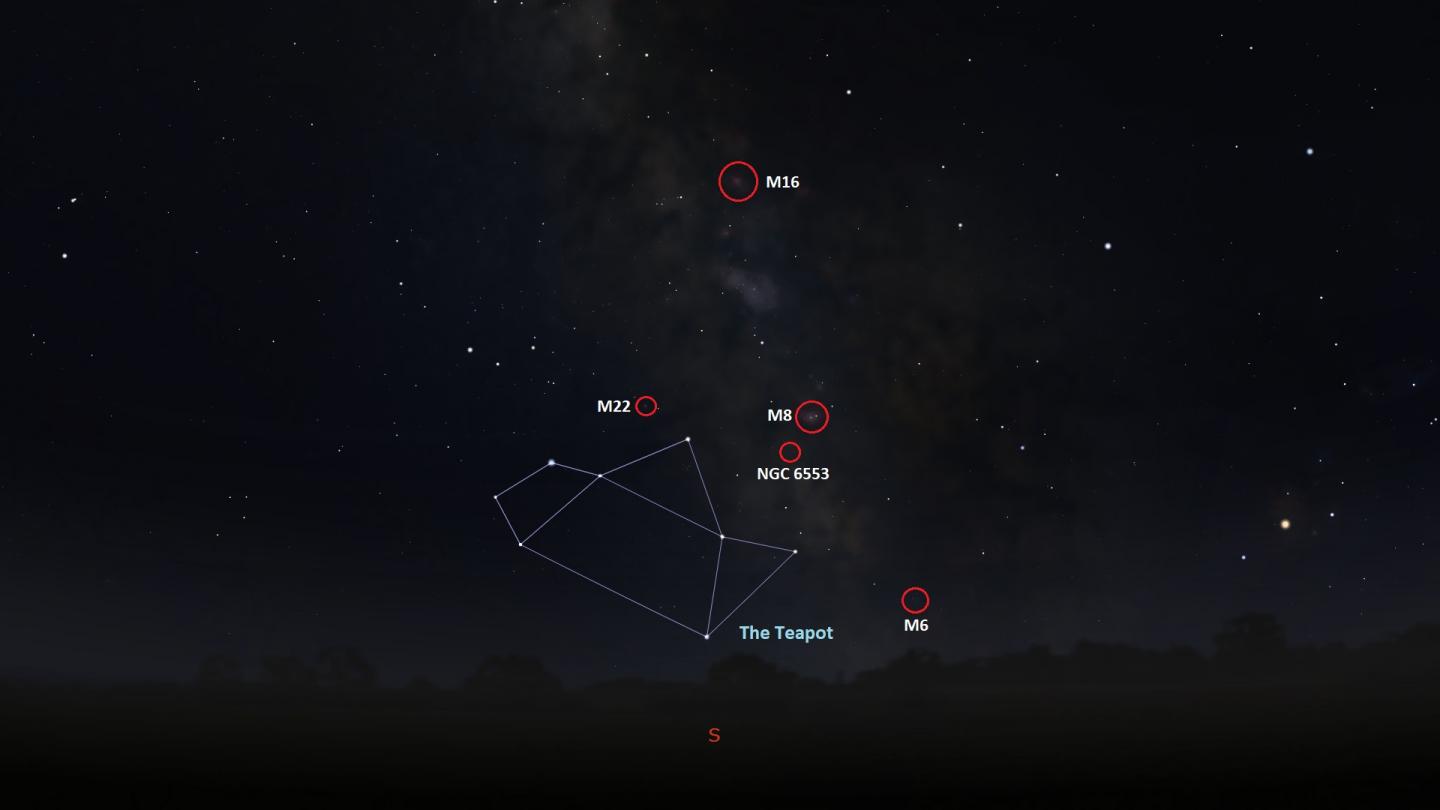
If you enjoy a good cuppa, why not treat yourself to a celestial spot of tea. Lying low above the southern horizon is the constellation of Sagittarius, home to a well-known asterism called “The Teapot”. Under good sky conditions, our home galaxy the Milky Way appears as steam rising out of the spout of the teapot with the centre of the galaxy lying to the upper right of the tip of the spout. There are some wonderful deep sky objects dotted around the teapot, so if you’ve got a telescope and a good view of the southern horizon we have quite a few targets to add to your list.
Lying to the east of the teapot’s lid you’ll find M22, a globular star cluster, while to the west of the teapot’s lid you will find M8, the Lagoon Nebula, as well as NGC 6553, another globular star cluster. The open star cluster M6, also known as the Butterfly cluster, can be found to the west of the teapot’s spout. If you follow the Milky Way galaxy as it rises up from the teapot’s spout, you’ll find M16, the famous Eagle Nebula. With so many objects to see, use the dark skies around new moon on the 10th to explore the teatime treats around the teapot.
Throughout the month - International Space Station

During the month, there will be a number of passes of the International Space Station. Also known as the ISS, it is the largest artificial satellite in orbit around the Earth and appears as a bright point of light moving across the sky. Orbiting at an average altitude of 400km above the surface of the Earth, the ISS travels at a whopping 17,500 miles per hour, or 28,000 kilometres per hour, and takes a few minutes to pass across the sky and around 90 minutes to complete one orbit of the Earth.
This means that on the ISS, you get to see the Sun rise and set over the Earth 16 times every day. Due to its giant reflective solar panels, the ISS is easy to see because it reflects light from the Sun. For detailed information about visible passes at your location, including start and end times, visit NASA’s Spot the Station website.
17 July - Observe craters on the Moon
For those keen on doing some lunar observations, we recommend you wait until the 17th when the moon reaches its first quarter phase as this provides the perfect opportunity to spot craters. Grab a pair of binoculars, or a telescope, and direct your gaze at the terminator, the dividing line between day and night on the Moon. It’s along this line that you’ll see shadows cast by mountains onto the lunar surface, and you’ll also spot the shadows cast by crater walls.
See if you can spot Plato crater, which lies on the northern edge of Mare Imbrium, the Sea of Rains. The crater has a diameter of over 90 kilometres and is one of the easiest to recognise because of its dark floor. Lying close to Plato are the Lunar Alps, a mountain range that was formed by the same impact event that created Mare Imbrium.
24 July - The Moon, Jupiter and Saturn form a cosmic triangle
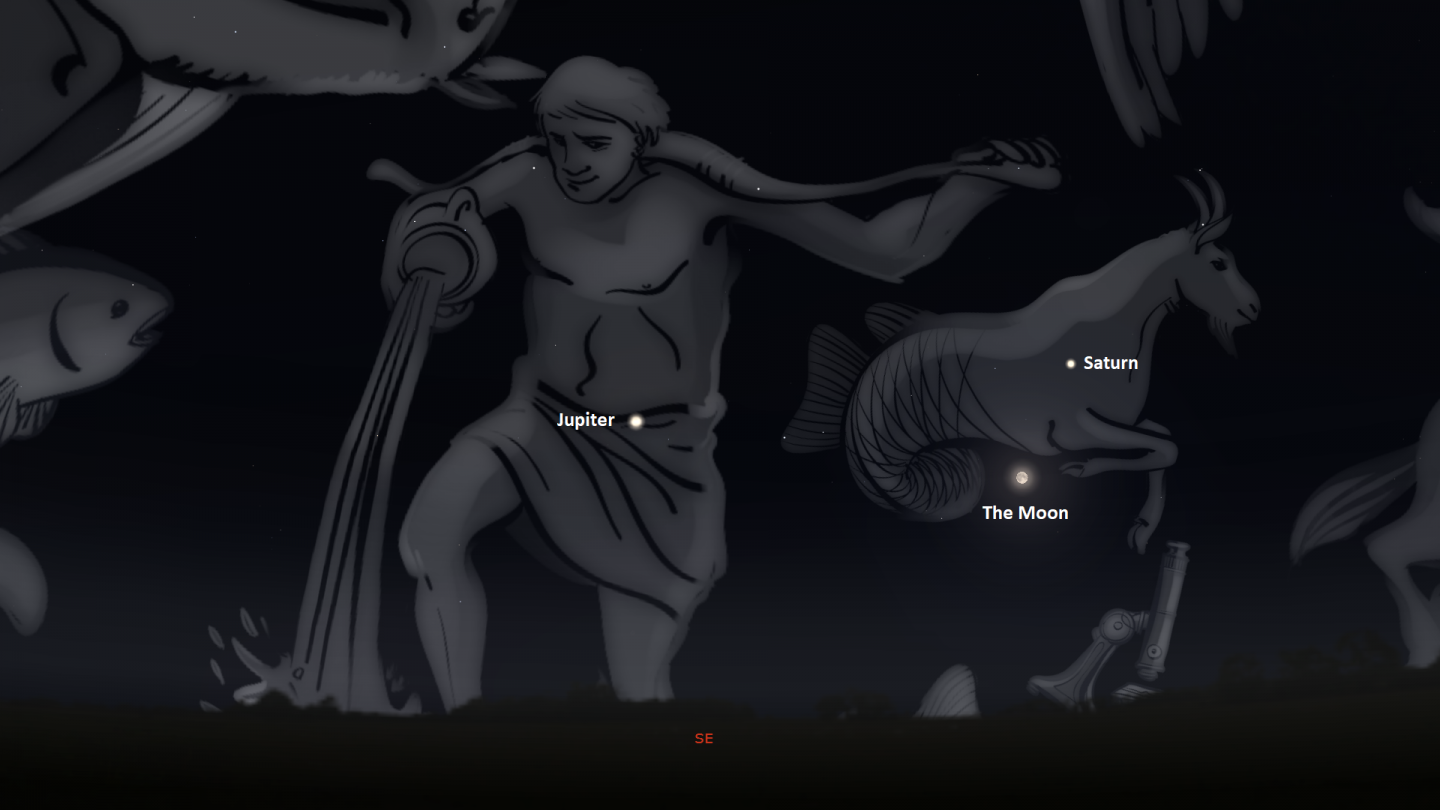
This month the gas giants Jupiter and Saturn make a welcome return to the evening sky, with both planets visible towards the south-east after sunset. On the evening of the 24th, the two planets will be joined by the full moon forming a cosmic triangle on the sky. These planets are great targets for a pair of binoculars or a telescope, as you may even be able to make out some of their moons! See if you can spot the four largest moons of Jupiter, known collectively as the Galilean moons in honour of Galileo Galilei who discovered them in 1610.
When turning your attention to Saturn, try to find Titan, Saturn’s largest moon. It is the only moon in the entire solar system that has an atmosphere, and the only other solar system body that has liquid on its surface. But don’t expect to find liquid water on Titan, the temperature is far too cold for water to exist in a liquid state. What you will find are lakes of liquid hydrocarbons – now that would make for an interesting cup of tea!
28/29 July - The peak of the Delta Aquariids meteor shower

Towards the end of the month, we’re treated to the annual Delta Aquariids meteor shower which will reach its peak on the night of the 28th and early morning of the 29th. This meteor shower favours the Southern Hemisphere but it is visible from mid-northern latitudes. This meteor shower is named for its radiant, which in this case is near to the star Delta Aquarii, in the constellation of Aquarius. The comet responsible for this shower, comet 96P/Machholz, has a very short period of only 5.29 years, and is noted for its lack of carbon.
One explanation for this is that the comet formed outside our solar system and wandered here by mistake, getting trapped by the Sun’s gravity, though it’s also entirely possible that the comet simply formed in a very cold part of our solar system, where carbon gets trapped into molecules. This particular shower isn’t a very strong one, having a meteor count of only around 20 meteors per hour. Unfortunately, the light from a waning gibbous moon will wash out a fair number of the meteors but if you are up for a challenge, wait until the early hours of the 29th when Aquarius is higher up in the sky, face south and scan the skies using just your eyes. Remember to be patient and wrap up warm, the nights can get chilly even in the summer!
Look out for more meteor showers
Southern Hemisphere: Throughout the month - Planetary nebulae
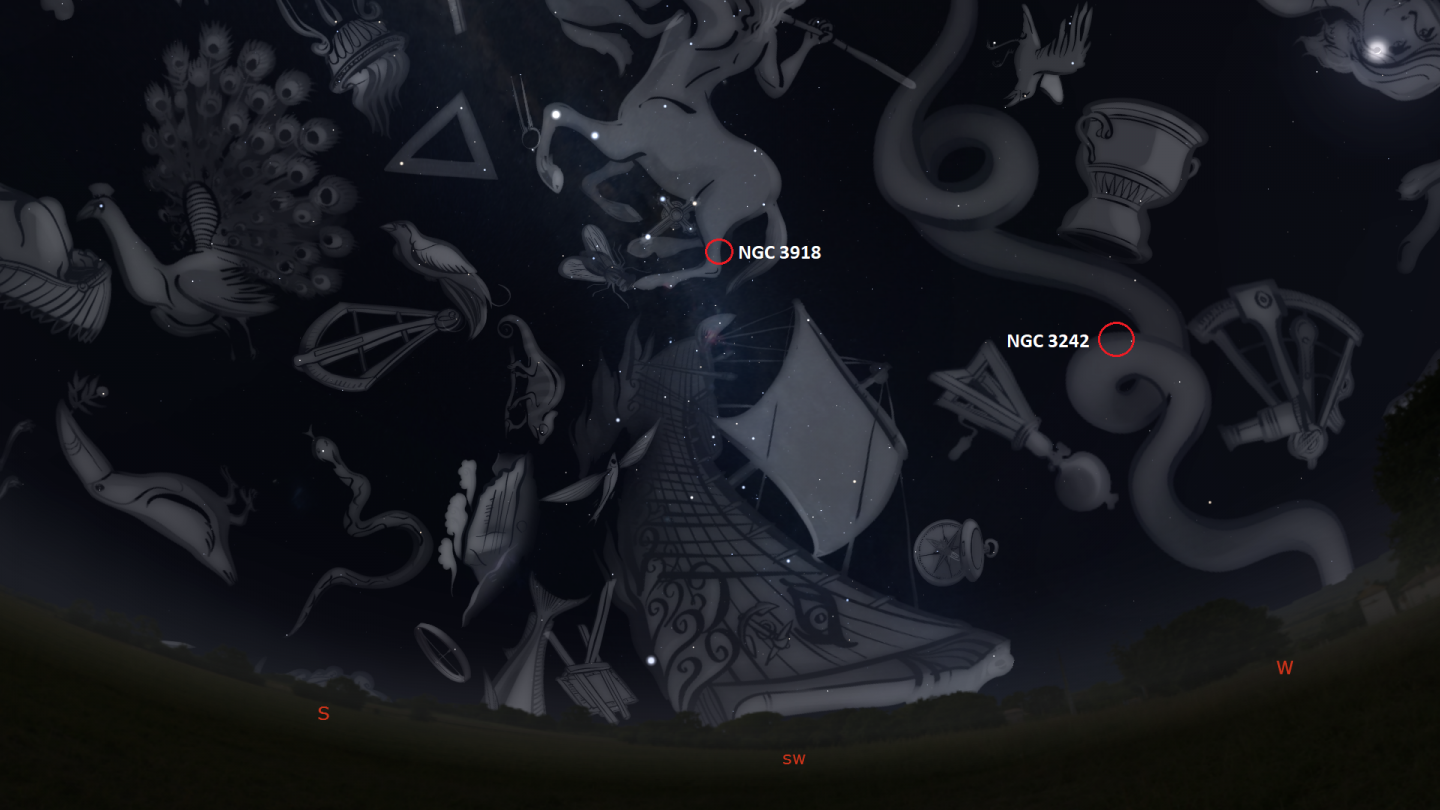
Stars don’t live forever; they have a limited amount of fuel available for them to burn. When a star runs out of fuel, the fate of that star depends on its mass. When a sun-like star reaches the end of its life, it sheds its outer layers of material and exposes the remnant of its core – a hot white dwarf star. Ultraviolet radiation emitted by the white dwarf causes the shed material to glow, producing a spectacular object called a planetary nebula.
For those living in the Southern Hemisphere, there are many planetary nebulae for you to choose from, but there are two in particular that are great targets for the winter months. The first is NGC 3918, also known as the Blue Planetary Nebula, located about 4,900 light years away from us on Earth, which you can spot lying to the west of the Southern Cross. For a spooky treat, have a look at NGC 3242, also known as the Ghost of Jupiter. This planetary nebula, which lies around 1,500 light-years from the Earth, received its nickname because it bears a close resemblance to Jupiter when viewed through a small telescope.
Learn more about the night sky
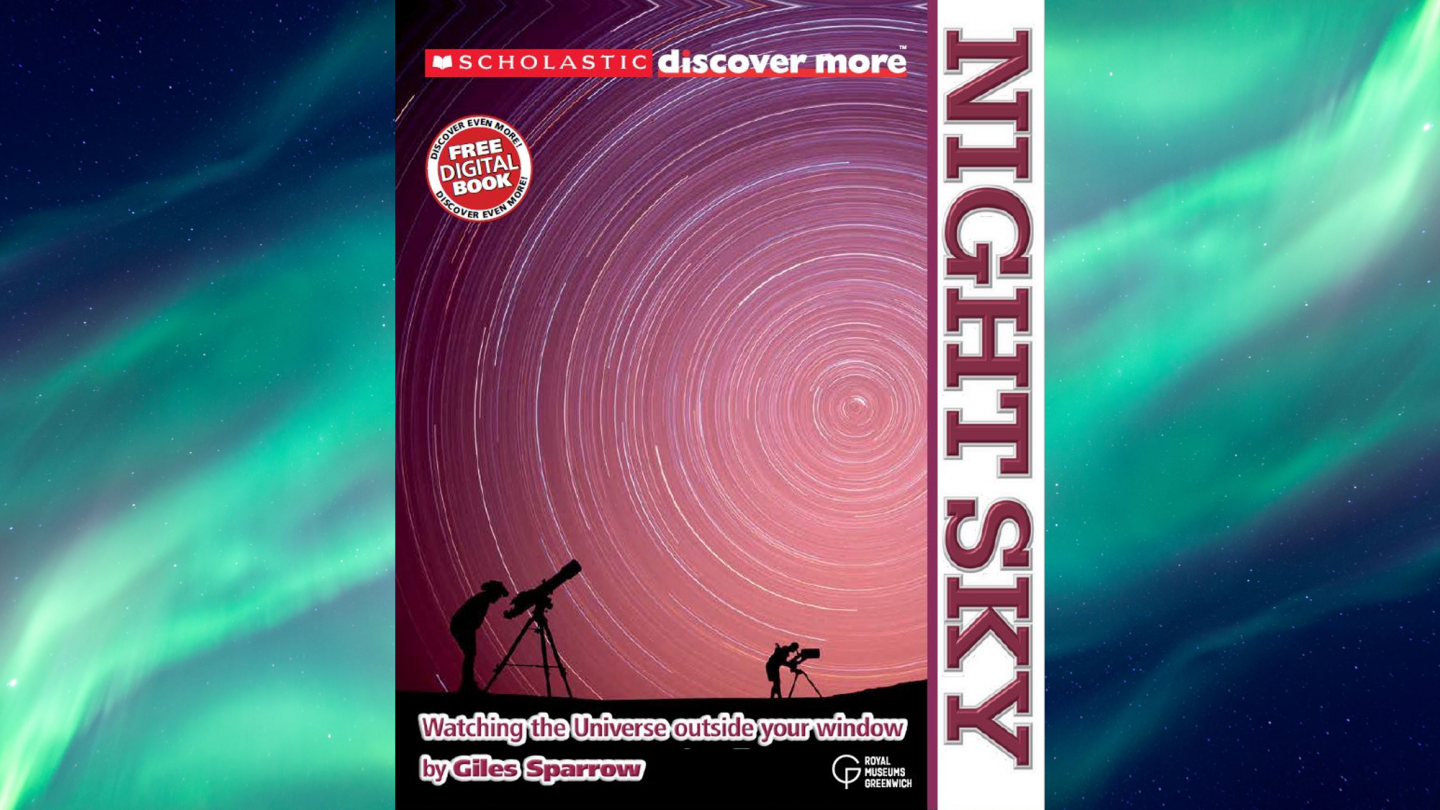
Special offer for secondary schools
Exclusive Royal Museums Greenwich publication Night Sky, for KS 4/5, is a spectacular guide to the night sky and an introduction to stargazing for young astronomers.
Discover all the major constellations and their highlights and history. Explore other worlds above your head, from our neighbours the planets to galaxies far from our own. Find out how what you can see from your window reveals the secrets of our incredible Universe.
The Royal Observatory Greenwich are offering copies to secondary schools at a discounted rate of £3 per copy. If this is of interest, please contact publishing@rmg.co.uk for more information.
The Moon's phases this month
- 1 July: last quarter moon (10:11pm)
- 10 July: new moon (2:17am)
- 17 July: first quarter moon (11:11am)
- 24 July: full moon (3:37am)
- 31 July: last quarter moon (2:16pm)
'Into The Shadow © László Francsics' was the overall winning image from the 2019 Insight Investment Astronomy Photographer of the Year competition. See the winning pictures from Insight Investment Astronomy Photographer of the Year 2020
Stargazing Tips
- When looking at faint objects such as stars, nebulae, the Milky Way and other galaxies it is important to allow your eyes to adapt to the dark – so that you can achieve better night vision.
- Allow 15 minutes for your eyes to become sensitive in the dark and remember not to look at your mobile phone or any other bright device when stargazing.
- If you're using a star app on your phone, switch on the red night vision mode.
Need a stargazing telescope or binoculars? Check out our range of high quality observing equipment recommended by Royal Observatory Greenwich astronomers.
See our range of observing equipment
Share your pictures
This month's banner image is 'Holding Due North' taken by Jake Mosher and it was one of the shortlisted images from the Insight Investment Astronomy Photographer of the Year competition 2018.
Do you have any images of the night sky? If so, why not share your photos via our Royal Observatory Astrophotography Facebook group.
You can also connect with us on Twitter: @ROGAstronomers
Subscribe to our YouTube channel and join us on a journey through time and space as we explore our Universe
Planetarium Shows
Join us for live planetarium shows presented by astronomers from the Royal Observatory Greenwich
Observatory Online
In our Observatory Online video series, our astronomers explore different topics in Astronomy and Space Exploration. You can find these videos, and more, on our YouTube channel
Resources for teachers and students
The Royal Observatory Greenwich's learning team has also created:
- Free animated videos that answer the biggest questions in astronomy and free resources to go alongside them.
- A whole host of podcasts featuring interviews with real space scientists, astronauts and active researchers working in UK universities.
- A 'learning at home' hub which contains a suite of resources for you to use at home.


